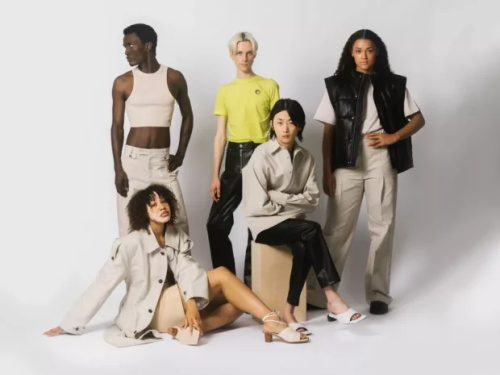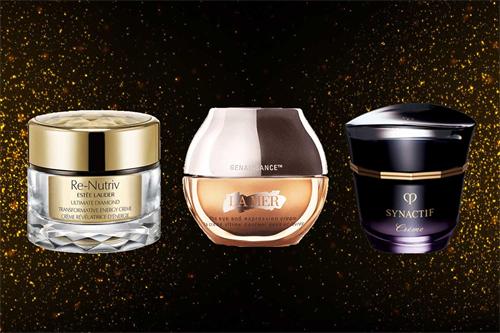The Rise of Gender-Neutral Clothing in Mainstream Fashion

The rise of gender-neutral clothing marks a profound transformation in the fashion world. This trend not only challenges traditional gender norms in dress but also reflects contemporary society’s growing emphasis on gender equality and the freedom of self-expression. At the heart of gender-neutral fashion is the idea of minimizing gender labels, highlighting simplicity, functionality, and inclusivity—offering designers and consumers an unprecedented sense of creative freedom.
Gender-neutral fashion is not merely a fleeting trend. As early as the late 19th century, the women's rights movement ignited a revolution in clothing. Many pioneering women chose to wear men's clothing as a way to express their pursuit of equal rights and personal freedom. Entering the 21st century, with increasing gender awareness and shifting social attitudes, gender-neutral style has experienced a strong resurgence—rising from niche culture to mainstream fashion. It breaks the traditional boundaries of “men’s wear for men, women’s wear for women,” enabling everyone to choose their attire freely and express themselves through what they wear.
In recent years, the gender-neutral aesthetic has been particularly prominent in women’s fashion. Two major forces are driving this shift. First, as the concept of gender equality becomes more widespread and women’s social status continues to rise, clothing design has gradually broken away from traditional gender constraints, adopting more elements from men’s fashion and presenting a tougher, sharper look. Second, an increasing number of mature women are seeking new ways to express youthfulness through gender-neutral outfits—not limited to soft or sweet styles, but rather embracing looks that embody inner strength and independent identity.
Gender-neutral dressing blends the softness of femininity with the strength of masculinity, creating a unique aesthetic that is both elegant and empowering.
The popularity of gender-neutral fashion has not only changed how people dress but has also had a profound impact on the fashion industry:
In the past, clothing design was often restricted by gender divisions. Now, with the rise of gender-neutral style, designers enjoy greater creative freedom, crossing gender boundaries to explore more diverse forms of expression. More and more fashion brands are launching gender-neutral collections that are no longer categorized by gender, giving consumers a broader range of choices and responding to the desire for individuality and identity expression. This trend encourages society to reexamine traditional gender roles and recognize that gender should not be a constraint on personal expression and development, but rather a part of a diverse cultural landscape.
Although gender-neutral fashion emphasizes “neutrality,” it does not mean a lack of design. On the contrary, it is often the subtle yet refined details that define the essence of the style. Features like pleats, decorative seams, or buttons on collars, cuffs, or hems add depth and personal flair without being flashy.
Tailoring and fabric selection are also crucial: the lines should be clean and sharp, with well-balanced proportions and minimal use of patterns and embellishments—highlighting a perfect balance between simplicity and sophistication. The quality of stitching also directly influences the overall feel of the garment, with each thread and seam reflecting the designer’s craftsmanship and attention to detail.
Some signature pieces in gender-neutral fashion include shirts, white T-shirts, blazers, and tailored trousers. These items are minimalist yet full of personality, both versatile and expressive. A shirt can be paired with dress pants or jeans to create either a sharp or casual look, while a suit is the core of gender-neutral style—embodying both power and refinement.
When it comes to color, gender-neutral fashion typically features basic neutrals like black, white, gray, and beige, which emphasize a clean and restrained aesthetic. Cool tones such as blue, green, and purple are also commonly used to convey a calm, rational temperament that aligns closely with the essence of the gender-neutral spirit.
Gender-neutral clothing is not just a fashion statement—it’s a reflection of social and cultural attitudes. It breaks down gender barriers, embraces diverse identities, and turns clothing into a powerful vehicle for freedom, self-expression, and personal identity. In this increasingly inclusive era, the popularity of gender-neutral fashion is a powerful affirmation of the message “I am who I am,” and a glimpse into the limitless possibilities of fashion’s future.
RECOMMEND FO YOU



